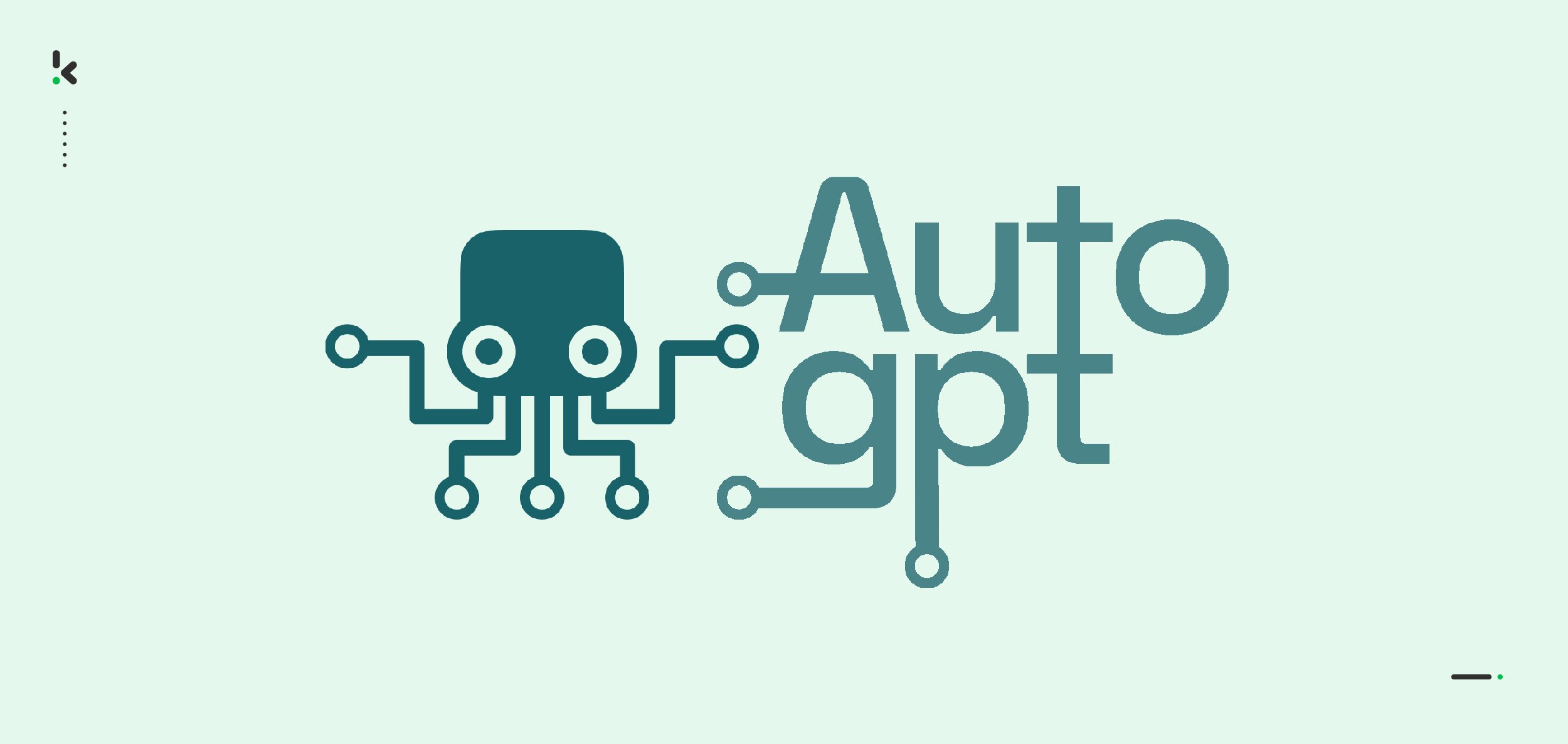What is an AI Agent?
An AI agent is a computer program that makes decisions on its own. It looks at what’s happening and chooses the best action. These agents are used in everyday technology, like smart assistants and self-driving cars.
There are five types of AI agents. Some are simple, while others can learn and improve. Let’s explore each one with real-world examples.
How Do Simple Reflex Agents Work?
A simple reflex agent follows basic rules to make decisions. It reacts only to the present situation, without remembering the past. If it sees a specific condition, it performs a pre-set action.
Example: Thermostat
A thermostat is a simple reflex agent. If the temperature is too low, it turns on the heater. It doesn’t remember past temperatures, just reacts to what it senses now.
Another Example: Vending Machine
A vending machine follows a simple rule. If you insert money and press a button, it gives you a snack. It doesn’t remember past purchases.
How Do Model-Based Reflex Agents Work?
A model-based reflex agent is like a simple reflex agent, but smarter. It keeps a small memory of past actions. This helps it make better decisions when it doesn’t have full information.
Example: Robot Vacuum
A robot vacuum remembers where it has cleaned. If it bumps into furniture, it updates its internal map. Next time, it avoids that spot.
Another Example: Auto-Correct
Your phone’s auto-correct remembers your typing habits. If you often mistype a word, it learns and suggests the correct one. It doesn’t just react, it remembers.
What Are Goal-Based Agents?
A goal-based agent thinks ahead before taking action. It doesn’t just react to the present, it plans to reach a specific goal. This makes it smarter than reflex agents.
Example: GPS Navigation
A GPS system finds the best route to your destination. It checks different paths and picks the fastest one. If traffic changes, it updates the plan.
Another Example: Chess AI
A chess-playing AI doesn’t just react to moves. It plans several moves ahead to checkmate the opponent. It makes decisions based on long-term goals.
How Do Utility-Based Agents Make Decisions?
A utility-based agent is like a goal-based agent but more advanced. It doesn’t just try to reach a goal; it chooses the best way to reach it. It measures success using a score called “utility.”
Example: Ride-Sharing App
A ride-sharing app picks the best route for your trip. It considers traffic, cost, and time. The app chooses the option that gives the best experience.
Another Example: Smart Scheduling Assistant
A smart assistant organizes your day. It considers when you’re most productive and schedules tasks accordingly. It maximizes your time and efficiency.
What Are Learning Agents?
A learning agent improves over time. It learns from mistakes and updates its knowledge. The more it interacts, the smarter it becomes.
Example: Netflix Recommendations
Netflix learns what shows you like. The more you watch, the better its recommendations. It studies your behavior and suggests movies you’ll enjoy.
Another Example: Self-Driving Cars
Self-driving cars learn from real-world driving. They improve by collecting data on road conditions and obstacles. Over time, they drive more safely.
Conclusion: Why Do These Agents Matter?
AI agents help us in everyday life. Some follow simple rules, while others learn and improve. Understanding these types helps us see how AI shapes our world.




